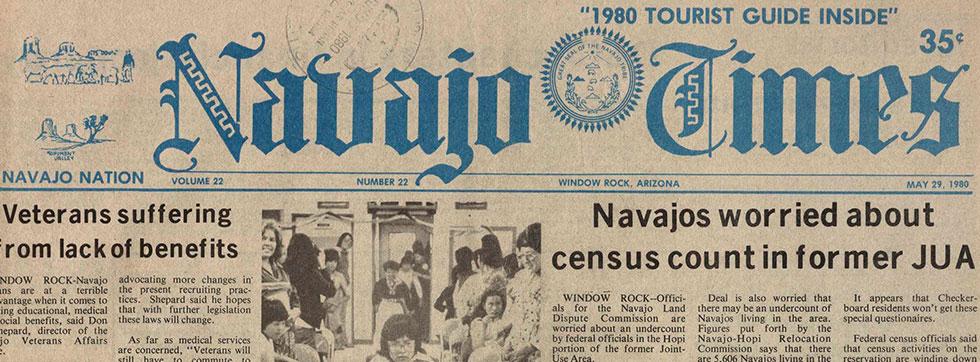
At a glance:
Newspapers from 1828 to 2016 published by various Native American communities, contains English and Indigenous languages.
Collection in action:
Newspapers are fantastic primary sources for historical research because they contain the perspectives of those who lived through particular events. Yet, mainstream newspapers like The New York Times, The Times of London, or Le Monde may only give the perspectives of the dominant narrative. It is all the more important, therefore, to seek out newspapers containing the perspectives of marginalized groups.
Let us consider an event from our recent history: the controversy surrounding the Dakota Access Pipeline. This oil pipeline intended to carry crude oil from the Bakken formation in North Dakota to an endpoint in Pakota, Illinois. However, the pipeline posed not only environmental threats, but it also had a negative impact on Native American tribes, especially around the Standing Rock Indian Reservation. The protests and legal battles that followed the construction of the pipeline were well covered by mainstream media, but a full picture of the event must also include the perspective of Native American tribes preserved in their own publications.
Such publications are now accessible to Tuft's researchers through the American Indian Newspapers database. A search in this database for "Dakota Access Pipeline" reveals 66 articles from Native American publications. One such article calls for a boycott of the financial companies behind the Dakota Access Pipeline as a way of protecting "the rhythms of our Grandmother Earth" (Pearl Means, "Boycott financial companies behind the Dakota Access Pipeline," Navajo Times, Sept. 22, 2016). Though editorial in nature, this article expresses both a call to boycott and a justification for boycott from the author's own Native American perspective. It then proceeds to list the companies involved. Regardless of one's own opinion of the Dakota Access Pipeline, a full historical account of its construction and resulting protests must entail the perspectives of everyone involved. The inclusion of marginalized voices is an imperative for serious historical scholarship.
Help us build our collections:
Are there other collections like American Indian Newspapers that you need for your research project, you would enjoy exploring, or would enrich the library's collection? Please let us know by contacting a subject specialist (for databases) or recommending a purchase (for books).